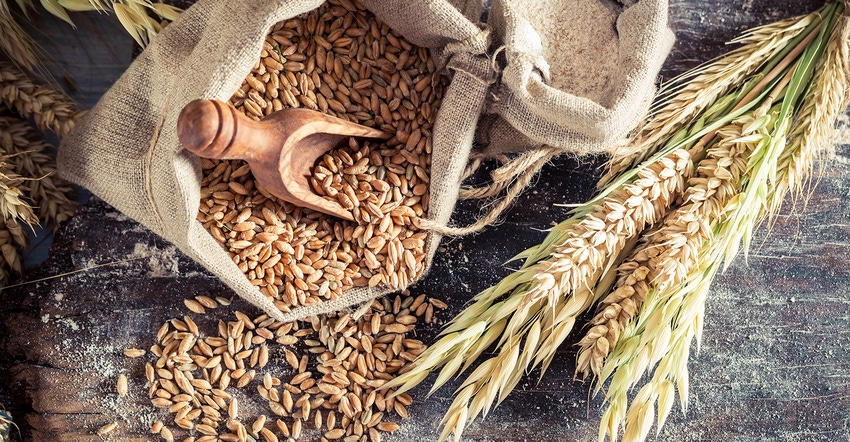Whole and ancient grains on the rise
New whole and ancient grain ingredients, as well as creative product formats, mean a bright future for this budding category.

According to Packaged Facts, including ancient and whole grains is a growth opportunity for categories across the board, whether packaged salads, frozen pizza, meal and snack bars, salty snacks, frozen dinners or fresh bread. Why?
Attitude shift among brands and consumers
Rikka Cornelia, product manager at Martin Bauer Group, suggested the rise in popularity is the result of a shift in consumer and brand attitudes surrounding whole and ancient grains since the category’s emergence as a niche, gluten-free alternative about a decade ago. In other words, though gluten-free grains are still valued for this attribute today, it’s no longer the primary purchasing driver.
“As consumers increasingly avoid overly processed foods, clean label grains offer an alternative to bleached, refined wheat flour, and a unique backstory with their countries of origin,” she said. Plus, explained ADM’s Paula Labine, marketing director, milling and starch, consumers see whole grains as more than a gluten-free alternative and, instead, nutritional in their own right, offering a way to increase fiber and vitamin intake from natural and minimally processed sources. In fact, according to the 2020 Food & Health Survey from the International Food Information Council (IFIC), nearly 80% of consumers perceive whole grains as healthful, while less than 45% of consumers perceive enriched refined grains as healthful. As a result, whole and ancient grains are recognized by today’s brands as a key functional ingredient, appropriate in applications beyond classic grain-based foods to include everything from bars to beverages.
Consumers demand better-for-you options
As demand for clean label grains rises, ingredient suppliers are responding with a range of options. Don Trouba, senior director go-to-market at The Annex by Ardent Mills, noted quinoa has gone from a relatively obscure ingredient to a household pantry staple in a matter of years thanks to its nutritional benefits like dietary fiber, protein and antioxidant content. “Now it’s poised to become a major mainstream ingredient,” he maintained. At The Annex by Ardent Mills, quinoa is the centerpiece of a complete portfolio that includes whole grain flour, flakes, crisps, multigrain blends and mixes, rice blends and whole seeds. That said, room still exists for newcomers.
“Quinoa has been very popular for some time, but the rate of innovation with quinoa seems to be slowing a bit and other grains are taking its place,” stated Joni Huffman, senior vice president of sales and marketing at Healthy Food Ingredients (HFI). “We are seeing a surge of interest in chia, which can add thickness and texture to beverages, and continued growth in flax innovation for bars, cereals and supplements.”
The most opportunity for grain-based products going forward exists in emphasizing sustainability and traceability attributes. “Supply chain transparency and the specific impact of grains on farmers’ lives, as well as local markets, is spurring interest in regional and heirloom grains,” Trouba said. “And the role grains can play in soil health, regenerative farming, water conservation and the overall health of the planet has become a key area of interest for many companies. As we understand more, the visibility and importance of this will also increase.”
“Brands are constantly innovating in this segment, and it is only a matter of time until another clean label grain captures the attention of consumers like chia, flaxseed and quinoa did a decade ago,” Cornelia said. “I am excited to see which one does.”
To read this article in its entirety, check out the Grains redefined: Formulating for healthy products – digital magazine.
Melissa Kvidahl Reilly is a freelance writer and editor with 10 years of experience covering news and trends in the natural, organic and supplement markets. She lives and works in New Jersey.
About the Author(s)
You May Also Like




